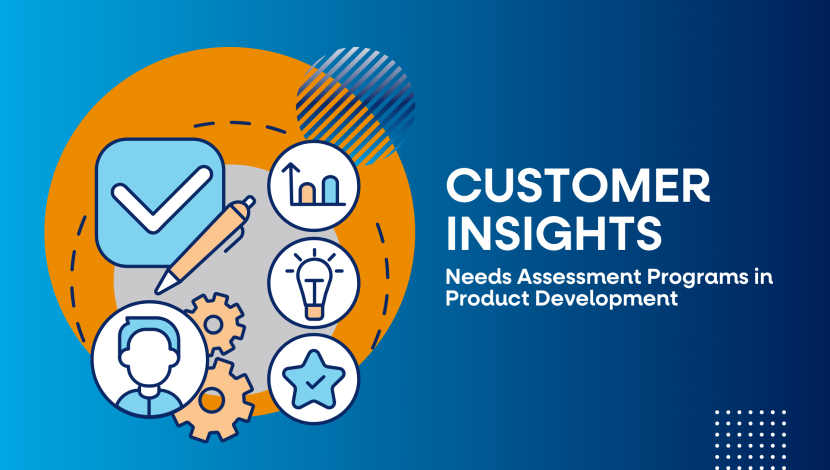Understanding your customers’ needs, desires, and pain points is paramount to success. However, deciphering what customers truly want and need can often feel like navigating a labyrinth blindfolded. This is where the partnership with a research team comes into play, offering a beacon of clarity through the implementation of a needs assessment program. In this blog, we’ll delve into the significance of such programs and how they can revolutionize product development and enhancements.
Understanding the Importance of Customer Insights
Customer insights are the cornerstone of effective decision making in product development. However, obtaining accurate and unbiased feedback from customers can be challenging. Customers may not always articulate their needs explicitly, or their feedback might be influenced by various biases.
This is where a needs assessment program shines. By engaging a research team that specializes in gathering customer insights, businesses can gain access to a structured approach for collecting, analyzing, and interpreting feedback. This process goes beyond mere satisfaction surveys; it dives deep into understanding the underlying motivations and pain points of customers.
Crafting a Comprehensive Needs Assessment Program
Developing a needs assessment program involves several key steps:
- Defining Objectives: Clearly outlining the goals and objectives of the assessment program is crucial. Whether it’s identifying areas for product improvement, understanding market trends, or gauging customer satisfaction levels, establishing clear objectives provides a roadmap for the research team.
- Designing the Methodology: A variety of methodologies can be employed, including surveys, interviews, focus groups, and observational studies. The choice of methodology depends on factors such as the target audience, the nature of the product or service, and the depth of insight required.
- Collecting Data: The research team works closely with the business to gather data from relevant customer segments. This data collection phase may involve reaching out to customers via various channels, such as online surveys, phone interviews, or in-person interactions.
- Analyzing Feedback: Once the data is collected, the research team employs advanced analytical techniques to identify patterns, trends, and correlations within the feedback. This analysis goes beyond surface-level insights, uncovering latent needs and preferences that may not be immediately apparent.
- Generating Insights: The culmination of the needs assessment program is the generation of actionable insights. These insights provide businesses with a comprehensive understanding of their customers’ wants, needs, preferences, and pain points. Armed with this knowledge, businesses can make informed decisions regarding product development and enhancements.
Leveraging Unbiased Ranked Feedback
One of the key advantages of working with a research team is the assurance of unbiased feedback. Unlike internal feedback mechanisms, which may be influenced by organizational biases or vested interests, a research team maintains objectivity throughout the assessment process.
Moreover, incorporating ranking mechanisms into the feedback process adds another layer of precision. By asking customers to prioritize their needs and preferences, businesses can discern which aspects carry the most weight and require immediate attention. This ranked feedback serves as a roadmap for prioritizing product development efforts, ensuring that resources are allocated effectively.
Driving Product Development and Enhancements
The insights gleaned from a needs assessment program serve as a guiding light for product development and enhancements. Armed with a comprehensive understanding of customer needs and preferences, businesses can tailor their offerings to better align with market demands.
Whether it’s refining existing features, introducing new functionalities, or addressing pain points, every decision is rooted in empirical data rather than conjecture. This customer-centric approach not only enhances the relevance and usability of products but also fosters customer loyalty and satisfaction.
In an era where customer experience reigns supreme, the importance of understanding customer needs cannot be overstated. By partnering with a research team to develop a needs assessment program, businesses can unlock a treasure trove of insights that fuel innovation and drive success.
From uncovering latent needs to prioritizing product enhancements, the journey toward customer-centricity begins with a deep understanding of the customer’s voice. Embracing unbiased ranked feedback as a guiding principle, businesses can chart a course toward sustainable growth and competitive advantage in today’s dynamic marketplace.


